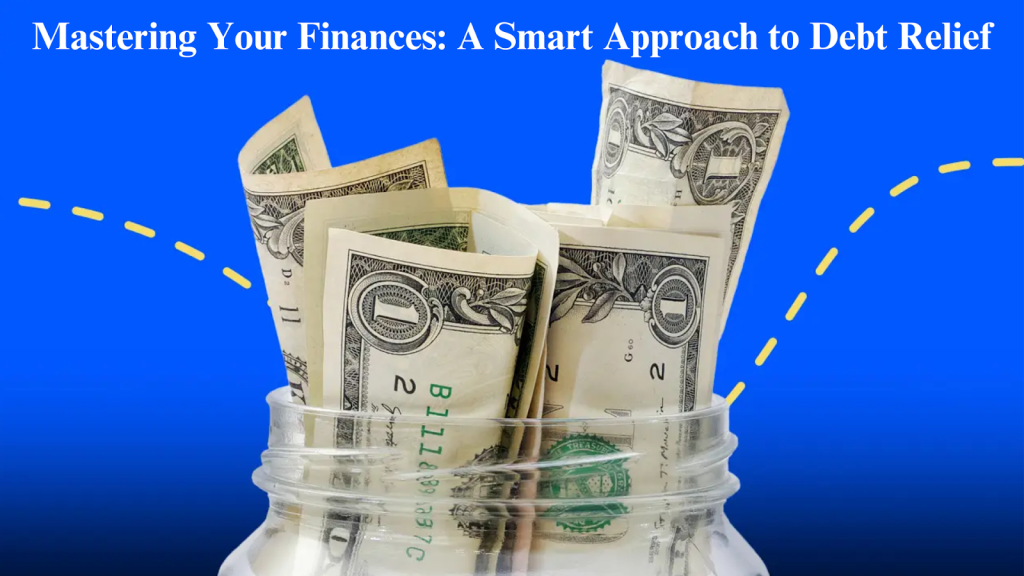How much debt is too much? Is there a universal limit that you aren’t aware of? Looking into your debt-to-income ratio can help you answer that question. Add up your monthly debt obligations like auto loans, housing payments, and credit card bills and divide it by your monthly income. There are also many online debt calculators to do this math for you. Here’s a loose guideline that can help you understand where your debt-to-income ratio falls:
- If it’s less than 36%, your debt load is within the range that is considered affordable based on your income.
- If it’s between 36% and 42%, you should look into DIY methods like debt avalanche or debt snowball.
- If it falls somewhere between 43% and 50%, you should take action to reduce your debt load.
- If it’s more than 50%, then your debt load will be considered high risk by lenders.
However, don’t let these numbers and percentages scare you. Debts can’t be all pitted into the same categories and the DTI ratio can be managed if you are careful. So, it’s important to separate the good from the bad and the worst. So, today, we will look into the different kinds of debts and how to determine if it’s too much.
The good, the bad, and the worst
- What’s a good debt?
If the interest rate is fixed and reasonable and the money is used to buy something that grows in value like a college education, a house, or a business, then it can be called a good debt. Bonus point if the interest is tax-deductible, which is likely in most mortgage and student loans.
- What’s bad debt?
A loan that has a high, variable interest rate and is used for something that has only short-term value can be considered a bad debt. Vacation, auto loans, and high-interest credit cards are a good example of this.
- Which ones are the worst?
Payday loans with annual percentage rates above 36% and no credit check loans can be considered the worst in debt because you end up paying a lot more than the loan amount you received and in some cases, you would be required to sign your personal asset as collateral too.
Common signs that may mean your debt is too much
- If your debt balance isn’t reducing to a manageable number despite the regular repayments, your debt might be a bit too much compared to your income.
- If you find yourself living paycheck to paycheck, with no savings at the end of the month, then your debt is out of control.
- There’s no base amount for an emergency fund but if you are unable to build an emergency fund of at least $500 to buffer against any unexpected financial crisis, then it’s time to analyze your finances.
- Using credit cards for cash advances can also be a sign that you may have a problem.
Impact of high debts
A high debt can suggest to the lenders that you are a credit risk, which essentially means they are most likely to reject your loan applications. The high number indicates to potential lenders that you are living beyond your means and might default on future loans.
When is it time to seek help?
- If you’re adding debt instead of subtracting it each month.
- If you are living paycheck to paycheck.
- If your net worth is zero.
- You have no savings.
- You have started hiding your spending habits from your loved ones.
Conclusion
If you are spending sleepless nights thinking about your debt, then it’s a strong sign that your debts are already a little out of hand. However, before you go straight into panic mode, take a moment to remind yourself you can always get help from a counselling agency if you think that would be helpful to your situation. In stressful times, even the most obvious answer will get buried under mounting doubts. A counsellor can help you get on the right path to tackle your debt. We hope this helps you understand your debts a little better.


